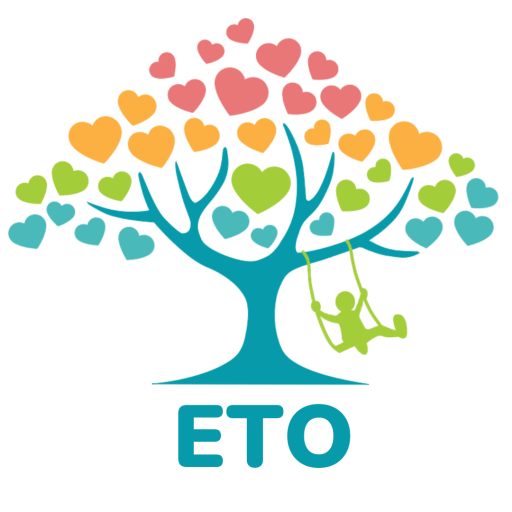Teaching colours to children is more difficult than one might expect. Even after hours and hours of colour word training, a child as old as six can have major difficulties identifying them, or you might even suspect they may be colour blind. But don't give up hope! We're here to help you understand why colours are so difficult for children to wrap their brain around, and offer you techniques that will help them to learn faster.
First, we'll need to look at why teaching colours to children is so difficult and why understanding them isn't as easy as it may seem, especially in English.
Why teaching colours to children is harder in English
Colour words are particularly hard to understand in English because we tend to use colours as part of a word rather than as a descriptor that adds to the word, i.e. "Pass me the red block." When you use sentences like this, it's much more difficult for children to separate the two words from each other, as first colour and then object. Instead, 'red block' becomes a name for 'block' in their mind, rather than a property of the block. With this reasoning, there's very little reason why a green, blue, or any other coloured block couldn't be called a 'red block' too.
What's the solution?
The solution to this language barrier is very simple, it involves changing the way you speak. You should only use colours as properties rather than names whenever you are around your child. To do this, just separate the colour from the word, i.e. "Pass me the block that is red." This simple change, although a little more long-winded helps children to associate the word 'red' as a property rather than part of the name of the block.
In a 2010 study completed by Scientific American, it was found that using language such as "This crayon is green" yielded significantly better learning results than "This is a green crayon".

